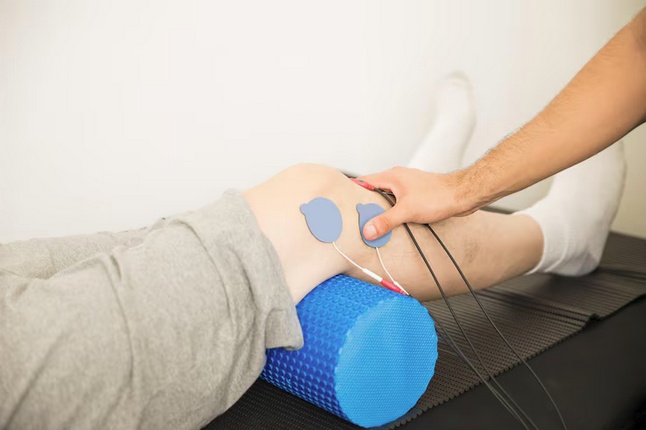Chiropractic decompression table represent a significant advancement in the field of chiropractic care, offering a targeted and non-invasive approach to treating a variety of spinal conditions. These specialized tables utilize traction mechanisms to gently stretch and decompress the spine, relieving pressure on intervertebral discs and promoting healing. While the concept of decompression therapy has been utilized for decades, the science behind chiropractic decompression tables continues to evolve, shedding light on their therapeutic potential and mechanisms of action.
Understanding Chiropractic Decompression Tables
Chiropractic decompression tables are designed to address conditions such as herniated discs, degenerative disc disease, spinal stenosis, and facet joint syndrome. Unlike traditional traction devices, which may apply continuous or static pulling forces to the spine, decompression tables utilize intermittent traction cycles to create negative pressure within the disc space. This negative pressure helps to alleviate disc bulges, herniations, and compressions, while also promoting the influx of oxygen, nutrients, and fluids into the affected area.
Mechanisms of Action
The therapeutic effects of chiropractic decompression tables are attributed to several key mechanisms:
-
Disc Decompression: The primary goal of decompression therapy is to reduce pressure on spinal discs, thereby relieving pain and promoting healing. By creating negative pressure within the disc space, decompression tables help to retract bulging or herniated discs, allowing for the reabsorption of extruded disc material and the restoration of disc height.
-
Facet Joint Distraction: In addition to decompressing spinal discs, chiropractic decompression tables can also distract or separate the facet joints of the spine. This helps to alleviate pressure on the joints, reduce inflammation, and improve mobility. Facet joint distraction is particularly beneficial for patients with spinal arthritis or facet syndrome.
-
Muscle Relaxation: The gentle stretching and traction provided by decompression tables help to relax the muscles surrounding the spine. This can reduce muscle spasms, alleviate tension, and improve range of motion. By promoting muscle relaxation, decompression therapy creates a more conducive environment for healing and rehabilitation.
-
Promotion of Nutrient Exchange: Decompression therapy enhances nutrient exchange within the spinal discs, facilitating the delivery of oxygen, water, and essential nutrients to the cells. This promotes tissue repair, regeneration, and the maintenance of disc health. Improved nutrient exchange also helps to remove metabolic waste products from the disc space, reducing inflammation and promoting healing.
Clinical Evidence
Numerous studies have investigated the efficacy of decompression therapy for the treatment of spinal conditions. While results vary depending on the specific condition being treated and the study design, overall, the evidence suggests that decompression therapy can provide significant benefits for patients with herniated discs, degenerative disc disease, and other spinal disorders.
A systematic review published in the Journal of Chiropractic Medicine analyzed the findings of 12 studies on decompression therapy for low back pain and found that the majority of studies reported positive outcomes, including reductions in pain intensity and disability. Another meta-analysis published in the European Spine Journal concluded that decompression therapy was more effective than other conservative treatments for reducing pain and improving function in patients with herniated discs.
Patient Considerations
While chiropractic decompression tables offer many potential benefits, it is essential to consider individual patient factors when determining the appropriateness of this treatment modality. Patients with certain medical conditions, such as severe osteoporosis, spinal fractures, or spinal tumors, may not be suitable candidates for decompression therapy. Additionally, patients with implanted spinal hardware or a history of spinal surgery may require special precautions or modifications to the treatment protocol.
Furthermore, decompression therapy is often most effective when used as part of a comprehensive treatment plan that includes chiropractic adjustments, therapeutic exercise, and lifestyle modifications. Combining decompression therapy with other conservative treatments can enhance its effectiveness and promote long-term results.
Conclusion
In conclusion, chiropractic decompression tables offer a scientifically supported approach to treating a variety of spinal conditions. By utilizing traction mechanisms to decompress the spine, alleviate pressure on spinal discs, and promote healing, these specialized tables provide a non-invasive and targeted solution for patients seeking relief from back pain and related symptoms. As research continues to elucidate the mechanisms and benefits of decompression therapy, chiropractors can confidently incorporate decompression tables into their treatment protocols, helping patients achieve optimal spinal health and well-being.


No comments yet